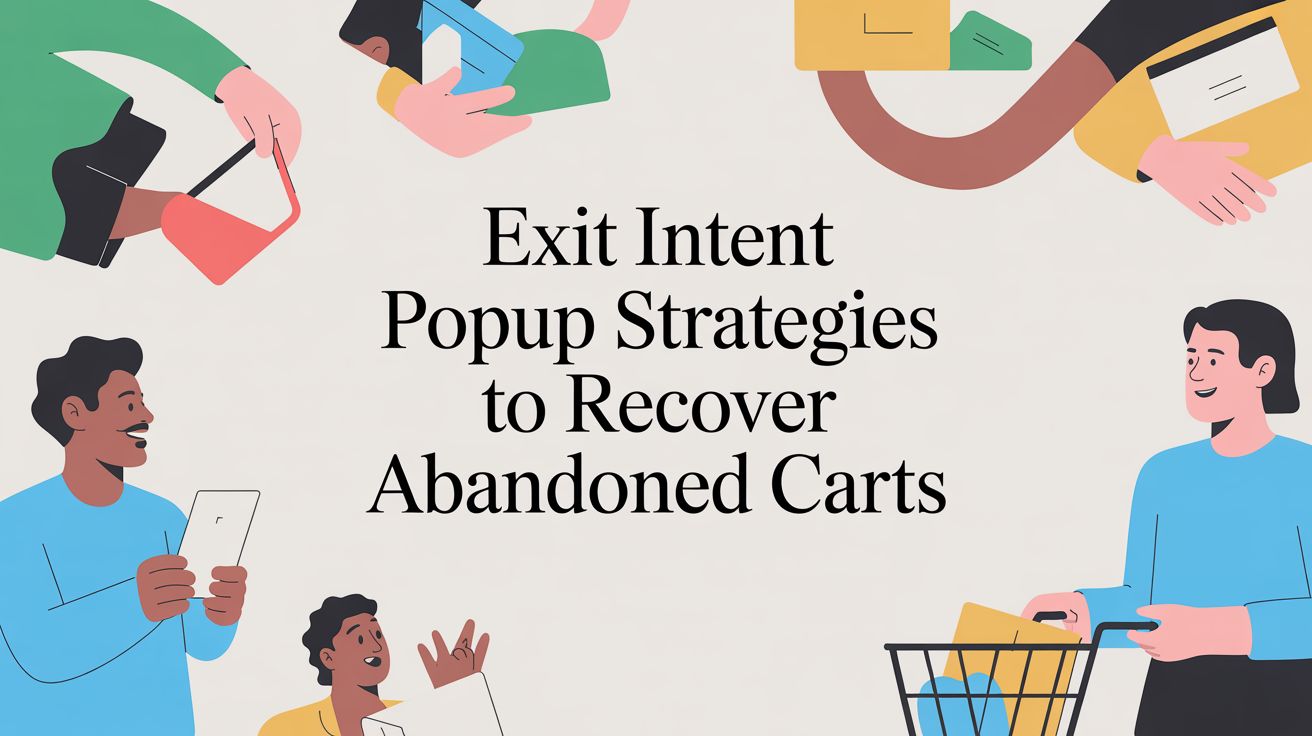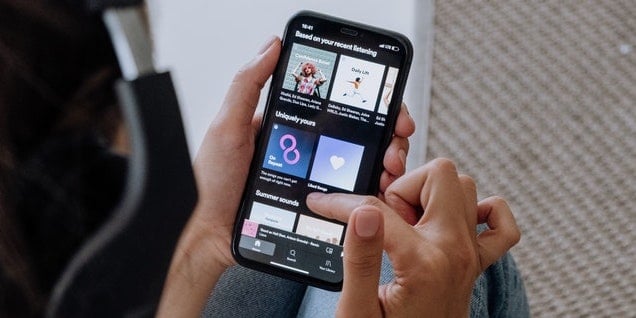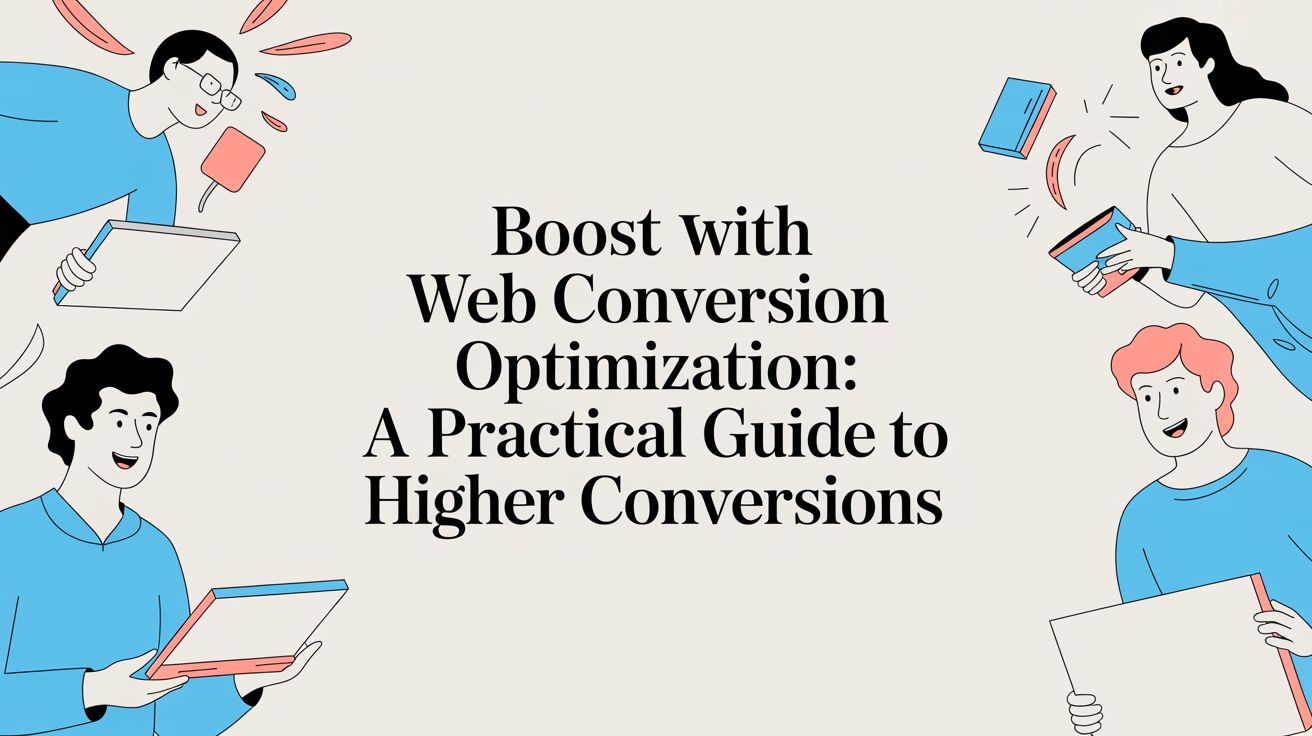
Personalization: 4 campaign examples from top B2C brands

I happened to be scrolling through social media two days ago when one tweet caught my eye. It was a post referring to Coca-Cola’s 2016 "Share A Coke" campaign that featured the soda bottles decorated with popular first names, designed to “create a more personal relationship with consumers and inspire shared moments of happiness.”
While I never did find a Coke bottle with my name on it, I do remember the urgency consumers had to reach the nearest store in hopes of seeing their name on the drink. It wasn’t long after I saw the tweet that one thought entered my mind: What other really great marketing campaigns have leveraged personalization to strengthen customer experience?
Here is a list of four. Each brand featured has made personalization a large part of its marketing strategy.
1. Spotify's "Only You" Campaign
One of the most comprehensive personalized marketing tactics out there, Spotify’s "Only You" campaign is heavily focused on each individual listener’s experience with the music streaming platform.
The in-app feature is made up of various automation touch-points that are tailored to the user’s account. Here’s what Spotify users have to enjoy:
- Audio Birth Chart: Listeners are given three artists whose discography matches up with three of their astrological signs.
- Dream Dinner Party: Listeners can choose three artists they’d invite to their dream dinner party
- Artist Pairs: Unique artist pairs chosen based on the listener's music history
- Song Year: Shows listeners how they’ve traveled through years with their music choices
- Time of Day: Music and other listening content chosen based on the time of day the listener most often plays it
- Genres/Topics: Music and podcast genres tailored to the listener
By collecting user data from Spotify users and developing it into a fun interactive campaign, the music app has elevated the user experience in a way that is so attractive to listeners that they will share their results on social media, indirectly doing digital marketing for Spotify as brand messengers and creating an opportunity for Spotify to get the attention of potential customers.
2. Apple Music Replay
Ever wondered what music carried you through the year? What song you loved six months ago or what artist you connected to the most? Apple Music Replay can tell you what the last 365 days sounded like for you in real time.
Apple takes customer data from the year and complies it to create a personalized experience their users will enjoy (i.e., a playlist full of listeners’ music history from the current year, how many hours of music they’ve listened to, their favorite songs, and albums or artists from the year). Apple users are also given one cumulative playlist of all their favorite songs. Listeners can even go back and listen to their favorite songs from past years they've subscribed to the platform.
3. Snapchat Bitmojis
If you’ve ever wanted to know what you look like as an animated character, Snapchat’s got you covered.
A bite-sized figure of a user in cartoon form, Snapchat Bitmojis were all the rage when they were released in 2016. Users are able to create miniature versions of themselves that can be given accessories, different hairstyles and more. The purpose is to give users a more expressive way to communicate with friends and family on the app.
Snapchat has since taken their personalized marketing efforts to the next level with the Bitmoji experience. These advancements include creating 3D personas and allowing users to use the icons in Snapchat games, all while offering various customization options for each account. This one marketing strategy has certainly garnered some brand loyalty over the years: Over 100,000+ Bitmoji app installs have taken place since its launch.
4. Netflix Content Recommendations
While it’d be nice to know exactly what movie you’d like to watch before you sit down with a big tub of popcorn, that doesn’t always happen. Netflix knows this and offers recommendations tailored to a user’s watch history through data collection and relevant demographics.
This means that users are more likely to be paired with relevant content they’d find enjoyable than movies or shows they’d rather skip out on. Each option Netflix chooses is based on customer data they've acquired during the user's customer journey. The content is then organized into personalized rows to enhance the customer experience and make the search process easier for subscribers (how's that for making customer relationships a priority?).
Netflix takes personalization efforts seriously, relying on algorithms, use cases and their customer relationship management software (CRM) to establish predictive technologies that increase content relevancy for customers. Members can queue content they'll want to see, sort through movies that the machine learning technology has matched them with or enjoy the newest "Play Something" button, which gives Netflix the opportunity to pick a movie it believes the user will like based on the personal data it's collected.
They've seen great results from integrating this personalized marketing strategy into their brand: Eighty percent of watched content comes from product recommendations.
Personalization is growing in popularity, and these brands are riding the wave. Spotify, Apple, Snapchat and Netflix have certainly set a standard for the future of customer experience.

Lindsay Keener is a brand journalist for Quikly. She covers stories that help to inform and educate consumer-facing marketers.

